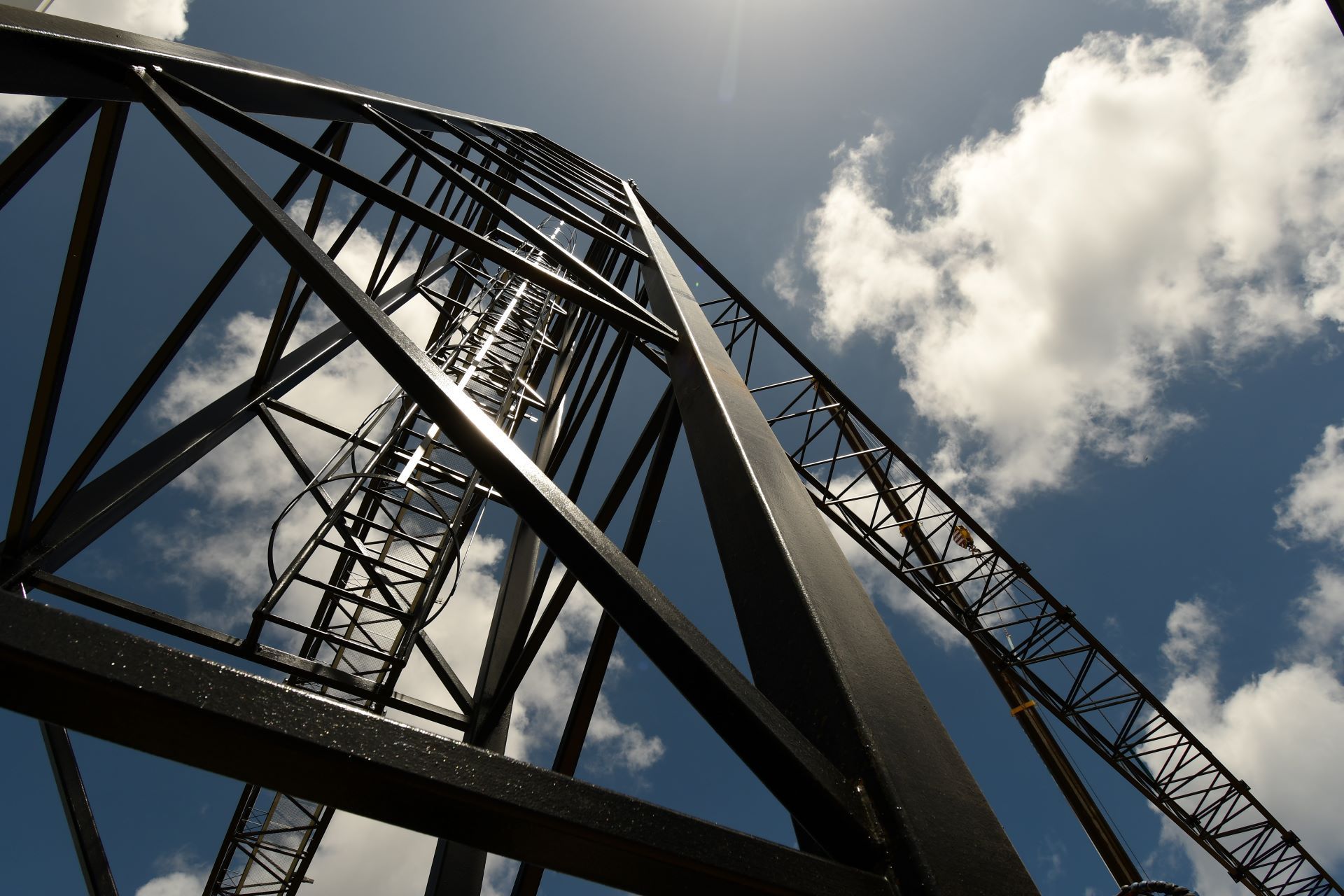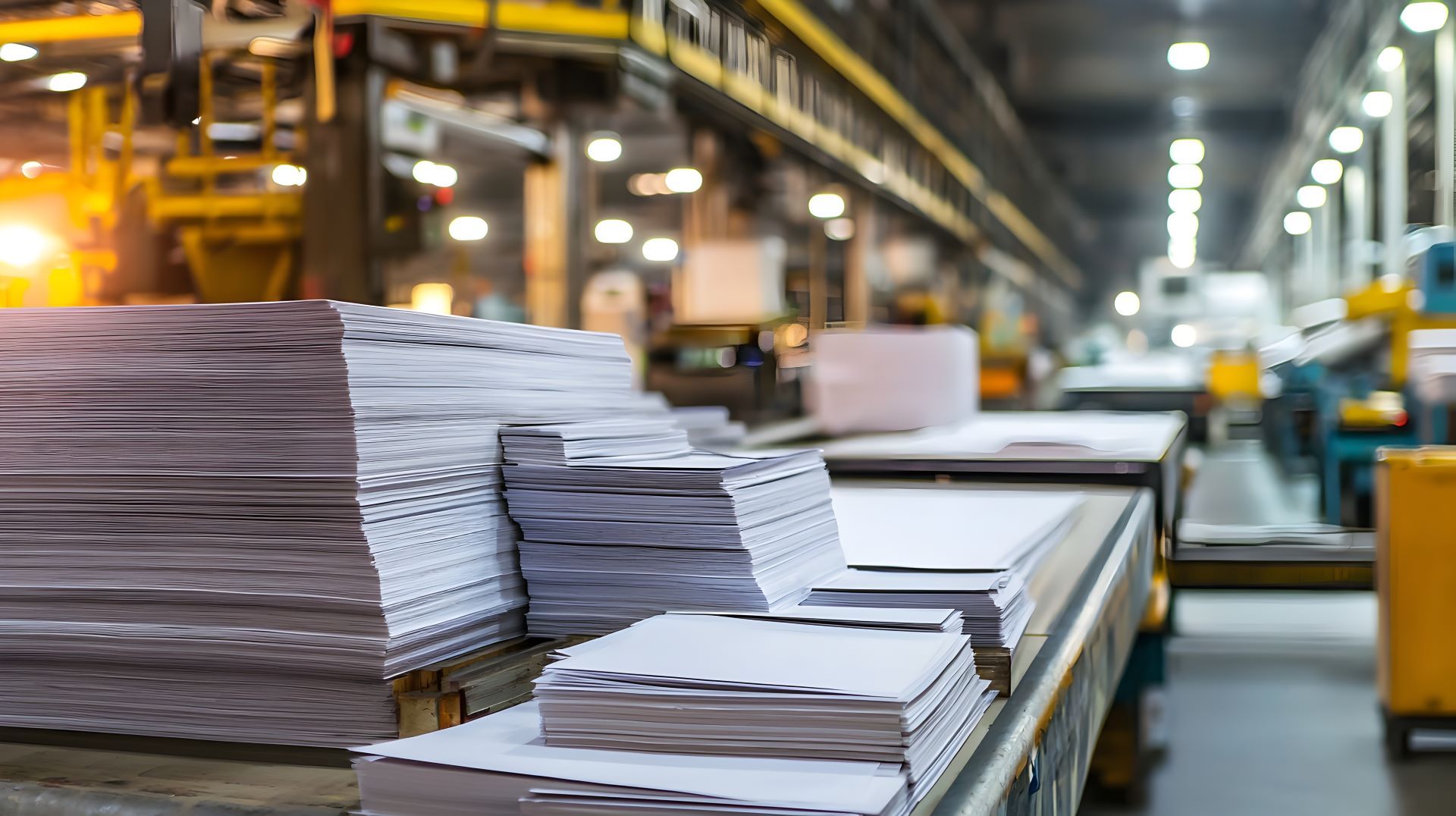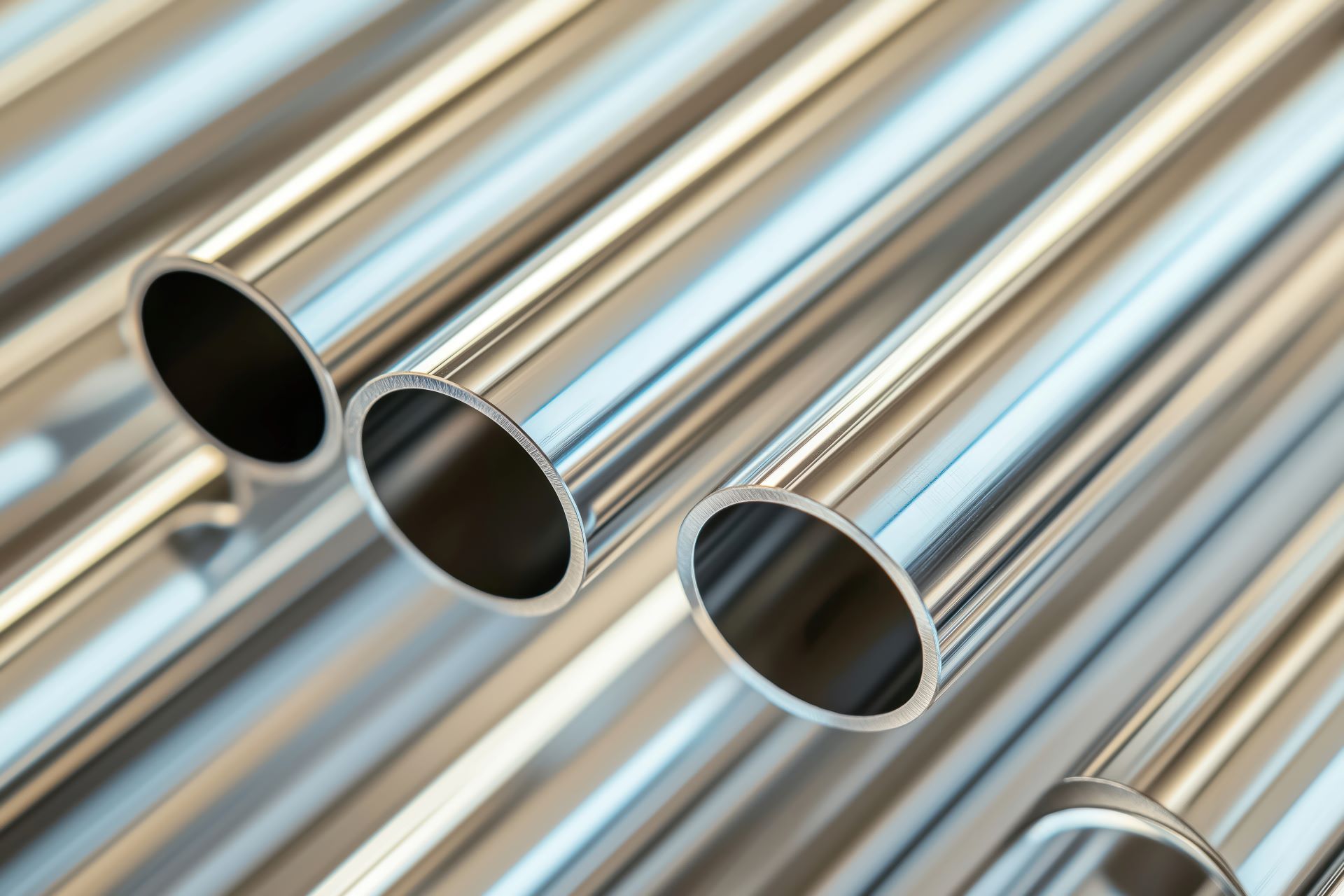304 vs. 409 Stainless: Choosing the Right Grade for Exhaust and Heat-Intensive Environments
Selecting the right stainless steel grade is critical for manufacturers working with exhaust systems, industrial heat exchangers, and off-road vehicle components. When consistent performance under extreme heat, corrosion resistance, and material longevity are priorities, two common choices emerge: 304 stainless steel and 409 stainless steel. Each has distinct metallurgical properties that influence how well they perform in these applications.
At Action Stainless, we work closely with fabricators and manufacturers to ensure the right materials are chosen for each application. This comparison explores how 304 and 409 stainless steel differ in structure, performance, weldability, corrosion resistance, and cost so decision-makers can align their material selection with end-use conditions and fabrication capabilities.
Understanding the Material Composition
The performance of any stainless steel grade begins with its composition. Both 304 and 409 are part of the stainless steel family but belong to different subgroups.
304 is an austenitic stainless steel, while 409 is ferritic his foundational distinction influences everything from corrosion resistance to formability.
Composition Comparison Table
| Property | 304 Stainless Steel | 409 Stainless Steel |
|---|---|---|
| Type | Austenitic | Ferritic |
| Chromium (Cr) Content | 18–20% | 10.5–11.75% |
| Nickel (Ni) Content | 8–10.5% | Trace to 0.5% |
| Carbon (C) Content | ≤ 0.08% | ≤ 0.08% |
| Magnetic | Non-magnetic in annealed state | Magnetic |
| Corrosion Resistance | Excellent | Moderate |
| Operating Temperature Range | Up to 870°C (1,600°F) | Up to 675°C (1,250°F) |
| Weldability | Excellent | Good |
Heat Resistance and Oxidation Performance
Heat tolerance is a primary concern in exhaust and high-temperature environments. 304 stainless steel offers higher resistance to oxidation and scaling at elevated temperatures, making it better suited for continuous heat exposure such as in commercial heat exchangers or power generation components.
409 stainless, while capable of withstanding high heat, has a lower threshold. Its maximum service temperature is around 675°C (1,250°F), after which it may start to oxidize or degrade in surface appearance. However, for typical automotive or off-road exhaust systems, 409 still delivers acceptable performance while keeping material costs down.
For fabricators working on long-haul applications or components exposed to constant heat cycles, Action Stainless recommends confirming duty cycles and thermal exposure to determine the correct material match.
Corrosion Resistance in Harsh Environments
304 stainless excels in corrosive or high-moisture environments, such as areas exposed to saltwater, deicing agents, or industrial chemicals. Its high chromium and nickel content offer superior resistance to rust and corrosion.
409 stainless contains less chromium and little to no nickel, making it more vulnerable to corrosion. Surface rust may appear on 409 over time, especially when exposed to moisture, although this usually remains superficial and does not compromise structural integrity in the short term. For internal exhaust environments or applications where appearance is secondary to function, 409 may still be acceptable.
Fabricators serving coastal, humid, or chemical-processing environments typically opt for 304 to ensure long-term performance and reduced maintenance costs.
Weldability and Fabrication Considerations
Both grades can be welded, but 304 stainless steel is easier to weld and fabricate, especially for projects requiring intricate assemblies or TIG welding. Its austenitic structure provides greater flexibility and reduces the risk of cracking during cooling.
409 stainless is weldable but more prone to grain growth and brittleness near weld seams, particularly without post-weld annealing or specialized filler metals. It may also develop surface oxidation after welding, requiring cleanup.
At Action Stainless, we support fabrication operations with value-added services like cutting, plasma and laser processing, and sourcing the correct grade for your job. Whether you’re working with 304 or 409, our teams help reduce waste and fabrication time with precision-cut materials and strategic guidance.
Cost and Material Availability
One of the most compelling reasons manufacturers select 409 over 304 is cost-efficiency. The lower nickel content in 409 makes it significantly less expensive than 304 often by 25% or more depending on market fluctuations.
For high-volume applications, especially in automotive and industrial equipment manufacturing, this cost savings can be substantial. If the part does not require long-term corrosion resistance or continuous exposure to aggressive chemicals, 409 becomes a smart financial choice.
However, 304 remains the industry standard in applications where hygiene, durability, and corrosion resistance are non-negotiable, such as in medical exhaust systems or chemical heat exchangers.
Action Stainless stocks both grades in various forms tubing, sheet, coil, and bar to meet fabrication and project needs quickly.
When to Use 304 vs. 409
The choice between these grades ultimately comes down to performance requirements, environmental exposure, and budget.
Choose 304 when:
- The application demands high corrosion resistance
- Heat exposure is continuous or extreme
- The component will be in public view and appearance matters
- Long service life with minimal maintenance is required
Choose 409 when:
- Cost is a key driver
- Heat exposure is intermittent or moderate
- Minor surface rust is acceptable
- The component is not exposed to harsh chemicals or salt
For exhaust systems, it’s common to use
409 for pipes and 304 for mufflers or tips, where heat and appearance converge. Action Stainless supports these hybrid applications by providing consistent material supply and quick turnaround for cut-to-length tubing and formed parts.
Application Examples Across Industries
Exhaust Manufacturers
409 is widely used in automotive exhaust systems, off-road vehicles, and heavy equipment where strength and heat resistance are required without premium corrosion protection. 304 may be used in performance systems or luxury vehicles.
Heat Exchanger Fabricators
In power plants, food processing, or chemical industries, 304 is preferred due to its corrosion resistance under both heat and moisture. Action Stainless supplies 304 tubing and plate with mill finishes and polishing options.
Off-Road Equipment
Vehicles operating in muddy, wet, or dirty environments often use 409 for exhaust and underbody heat shielding. It provides functional performance at a reduced cost, though appearance and corrosion resistance may degrade over time.
Action Stainless: Supplying Both Grades With In-House Expertise
As a trusted supplier of stainless steel products, Action Stainless provides fabricators and manufacturers with dependable access to 304 and 409 stainless steel in the forms and finishes needed for exhaust and heat-intensive systems.
Our in-house capabilities support your operation from material selection to final processing:
- Plasma, laser, and waterjet cutting
- Custom sawing and polishing
- Toll processing and sourcing
- Quick access to tubing, coil, and sheet in 304 and 409
We work directly with industrial and fabrication customers across the automotive, food processing, power generation, and heavy equipment sectors.
Final Thoughts
Understanding the metallurgical differences between 304 and 409 stainless steel is essential to choosing the right material for heat-intensive and corrosive environments. While both grades can perform under elevated temperatures, their differences in corrosion resistance, cost, and weldability will determine which is best suited for your next project.
Action Stainless is here to help you match the right material to your performance and budget needs.
Whether you're fabricating exhaust systems, heat exchangers, or thermal enclosures, our experts ensure you have the material quality and processing support to deliver consistent, long-lasting results.






